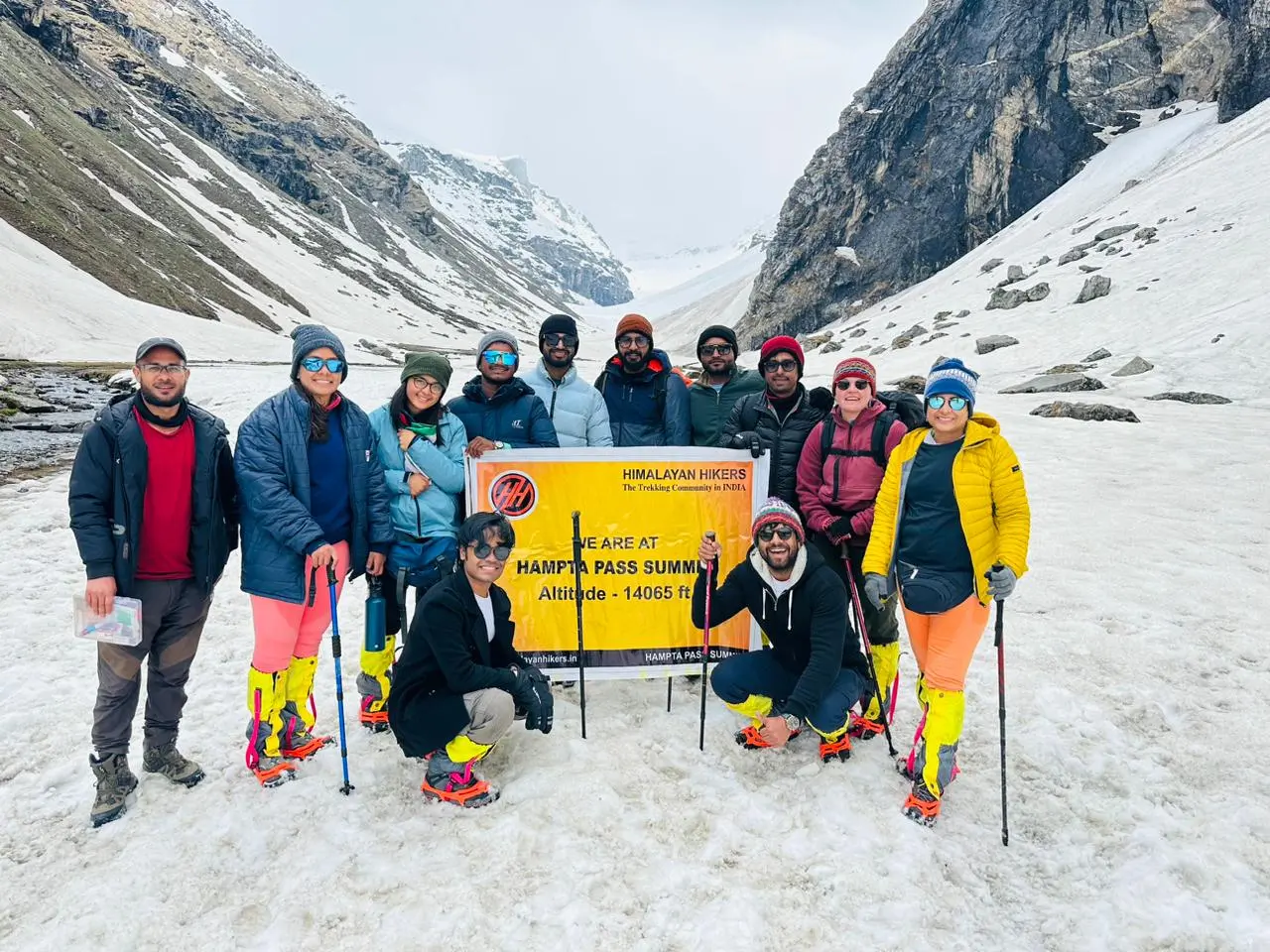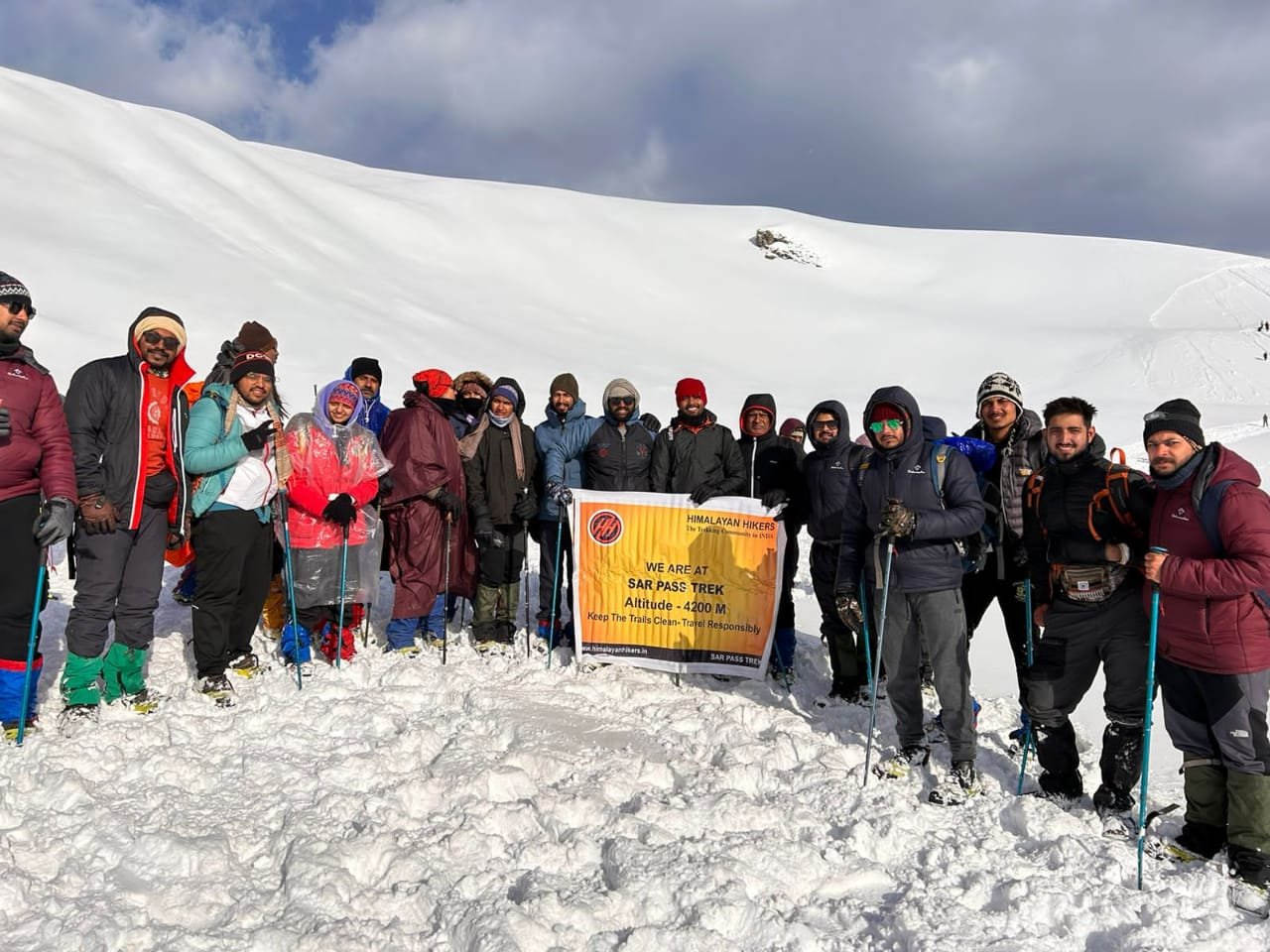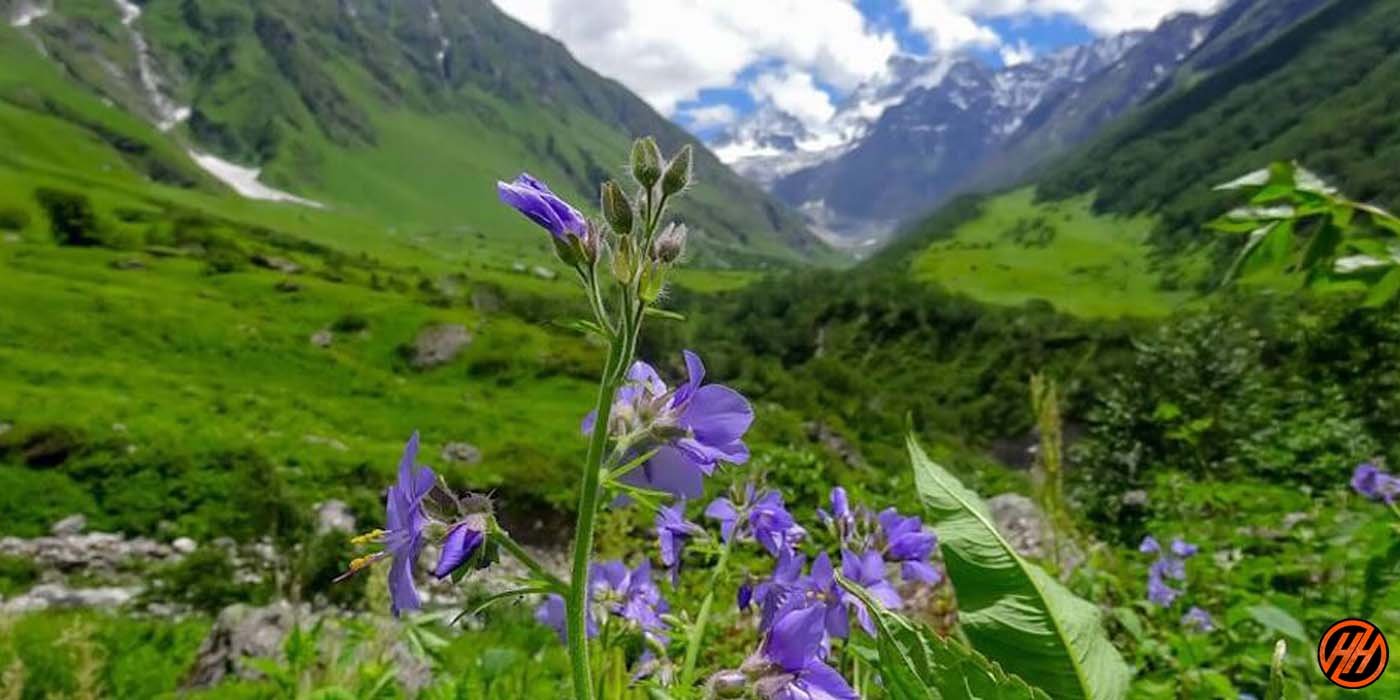
Introduction: Discovering Peace Through Yoga in the Himalayas
The Himalayas have long been regarded as a sacred place for spiritual seekers, yogis, and meditators. Practicing yoga in this serene and natural environment offers a deeply transformative experience, allowing one to connect with nature, find inner peace, and rejuvenate the body and mind. Locations like Sar Pass, Hampta Pass, and Kashmir Great Lakes (KGL) provide the perfect setting for yoga amidst breathtaking landscapes.
Why the Himalayas Are the Perfect Yoga Destination
Practicing yoga in the Himalayas offers numerous benefits beyond physical fitness. The tranquility, fresh mountain air, and high-energy atmosphere enhance meditation and mindfulness, making it easier to achieve a deeper connection with oneself. Key reasons to practice yoga here include:
Pure Environment: Free from pollution and distractions, ideal for breathing exercises (Pranayama).
High Vibrational Energy: Many sages and saints have meditated in these regions for centuries.
Improved Focus and Relaxation: The silence of the mountains promotes deep meditation.
Top Yoga Retreat Locations in the Himalayas
Hampta Pass: A Gateway to Mindfulness
Hampta Pass is one of the most beautiful and diverse treks in India, connecting the lush green Kullu Valley with the arid landscapes of Lahaul. The transition between landscapes makes it an inspiring location for yoga practitioners. The Hampta Pass base camp offers an isolated and peaceful setting to practice yoga while enjoying breathtaking views of snow-covered peaks.
Sar Pass: A High-Altitude Yoga Sanctuary
Sar Pass, located in Himachal Pradesh, is a mesmerizing trek offering panoramic views of the Himalayas. This trek provides the ideal mix of adventure and tranquility, making it perfect for yogic practices. The summit at 13,800 feet is a great spot for sunrise yoga and meditation, offering a sense of deep fulfillment.
Kashmir Great Lakes (KGL): Meditative Bliss by the Lakes
Kashmir Great Lakes Trek is famous for its pristine alpine lakes and meadows, providing an ideal location for yoga retreats. The Vishansar and Gangbal Lakes are perfect spots for meditation and pranayama, as the still water and surrounding mountains create an incredibly calming environment.
Transformative Benefits of High-Altitude Yoga
Mental and Emotional Well-being
Enhanced Focus and Awareness: The peaceful surroundings allow deeper meditation and clarity.
Stress Reduction: Fresh air and nature help lower cortisol levels, reducing anxiety.
Spiritual Awakening: Practicing yoga in a sacred place boosts spiritual energy and self-awareness.
Physical Health Benefits
Increased Lung Capacity: The low oxygen levels help strengthen respiratory muscles.
Improved Endurance: Practicing yoga at high altitudes helps the body adapt to physical challenges.
Better Circulation and Detoxification: Yoga postures improve blood flow and eliminate toxins.
Best Seasons for a Himalayan Yoga Retreat
The ideal time for a yoga retreat in the Himalayas depends on the location:
Hampta Pass & Sar Pass: May to June & September to October
Kashmir Great Lakes: July to September These months provide stable weather, clear skies, and comfortable temperatures.
Must-Try Yoga Practices for the Himalayas
Asanas to Build Strength and Flexibility
Tadasana (Mountain Pose): Enhances balance and stability.
Virabhadrasana (Warrior Pose): Builds strength and endurance.
Bhujangasana (Cobra Pose): Improves flexibility and relieves back pain.
Breathing Techniques for High Altitude
Anulom Vilom (Alternate Nostril Breathing): Helps with oxygen absorption.
Bhastrika (Bellows Breath): Energizes the body and increases lung capacity.
Kapalbhati (Skull-Shining Breath): Detoxifies and enhances focus.
Meditation for Inner Peace and Awareness
Mindfulness Meditation: Helps in being fully present in the moment.
Chanting Mantras: Boosts spiritual awareness and concentration.
Body Scan Meditation: Promotes relaxation and body awareness.
Preparing for a Yoga Trek in the Himalayas
Physical and Mental Readiness
Practice Basic Asanas and Pranayama Daily: Build stamina before the retreat.
Train Your Body for High Altitudes: Go for hikes or treks to adapt to thin air.
Develop a Meditation Routine: Helps in maintaining focus during the retreat.
Packing Essentials for a Himalayan Yoga Trip
Yoga Mat: Lightweight and easy to carry.
Warm & Breathable Clothing: Layering is essential for mountain weather.
Reusable Water Bottle & Herbal Teas: Staying hydrated is crucial.
Journal & Books on Yoga Philosophy: Perfect for self-reflection.
Health and Safety Tips
Acclimatize properly before intense yoga sessions.
Stay hydrated and consume high-energy foods.
Avoid overexertion in high altitudes.
Trekking and Yoga: The Perfect Combination
Trekking and yoga complement each other beautifully. Trekking enhances endurance and resilience, while yoga helps in recovery and relaxation. Combining both ensures a fulfilling physical and spiritual experience.
Finding the Best Yoga Retreats in the Himalayas
For those seeking structured retreats, several yoga organizations and ashrams offer guided programs in the Himalayas:
Himalayan Yoga Association (Rishikesh & Himachal)
Tushita Meditation Centre (Dharamshala)
Parmarth Niketan (Rishikesh) These centers provide expert guidance, meditation sessions, and holistic healing therapies.
Final Thoughts: Embrace the Himalayan Spiritual Experience
Practicing yoga in the Himalayas is an experience that combines physical wellness, mental clarity, and spiritual growth. Whether it's the breathtaking Hampta Pass, the peaceful Sar Pass, or the divine Kashmir Great Lakes, these locations offer the perfect backdrop for self-discovery and transformation.












Write a comment ...